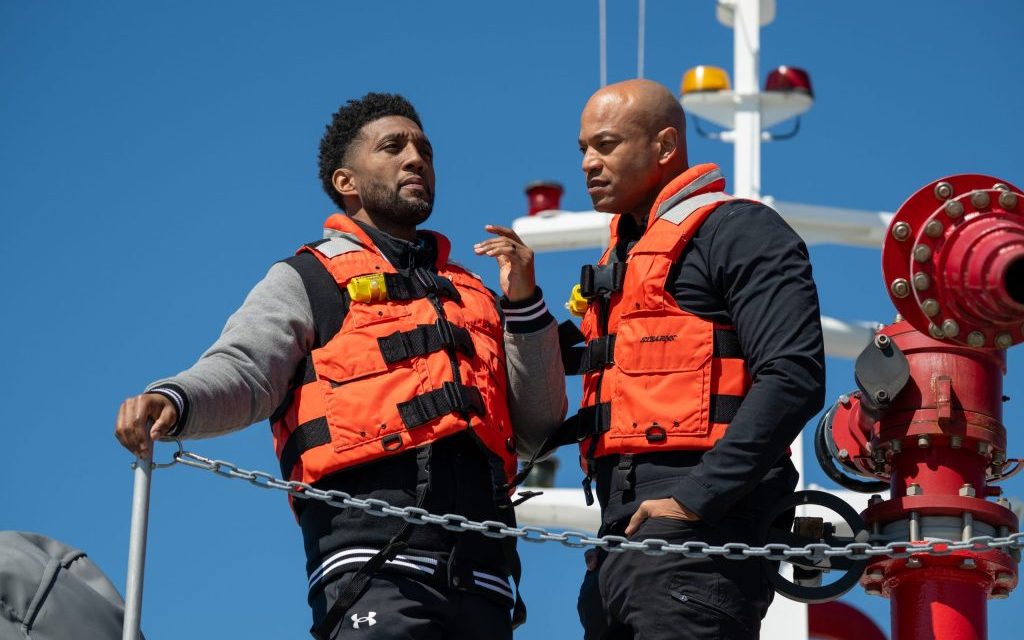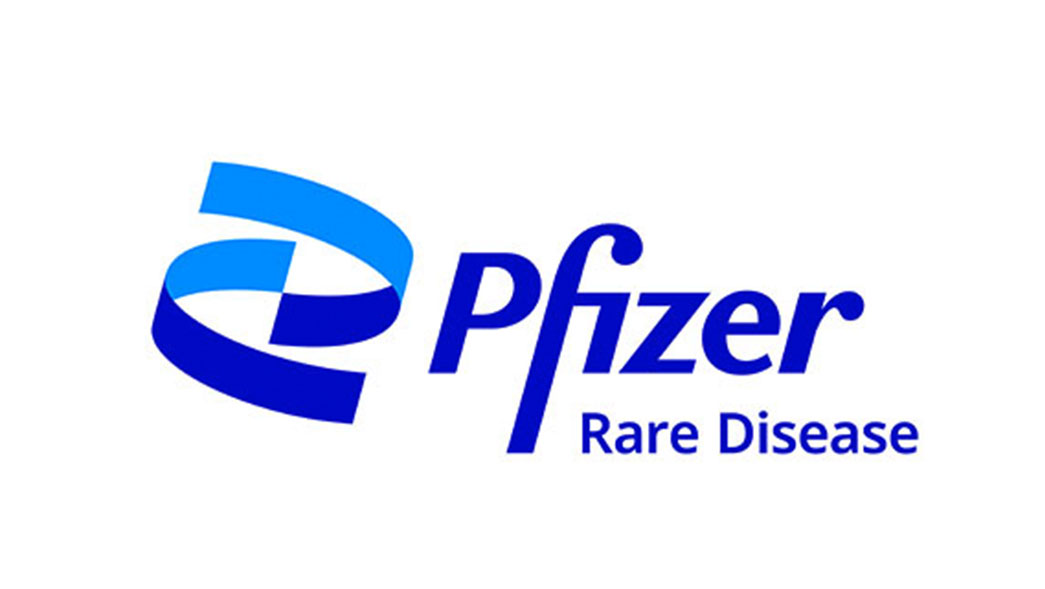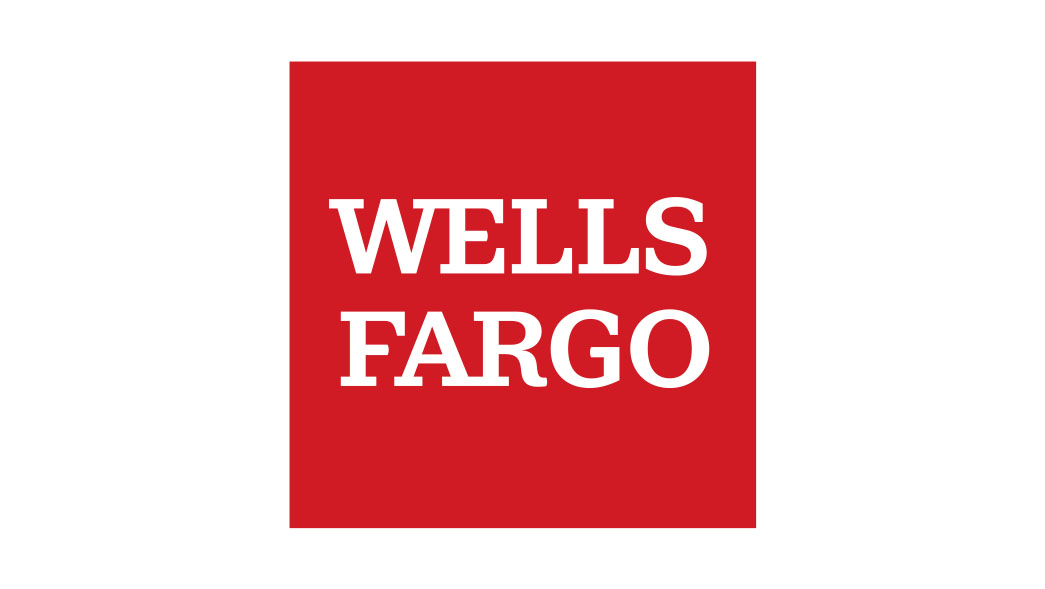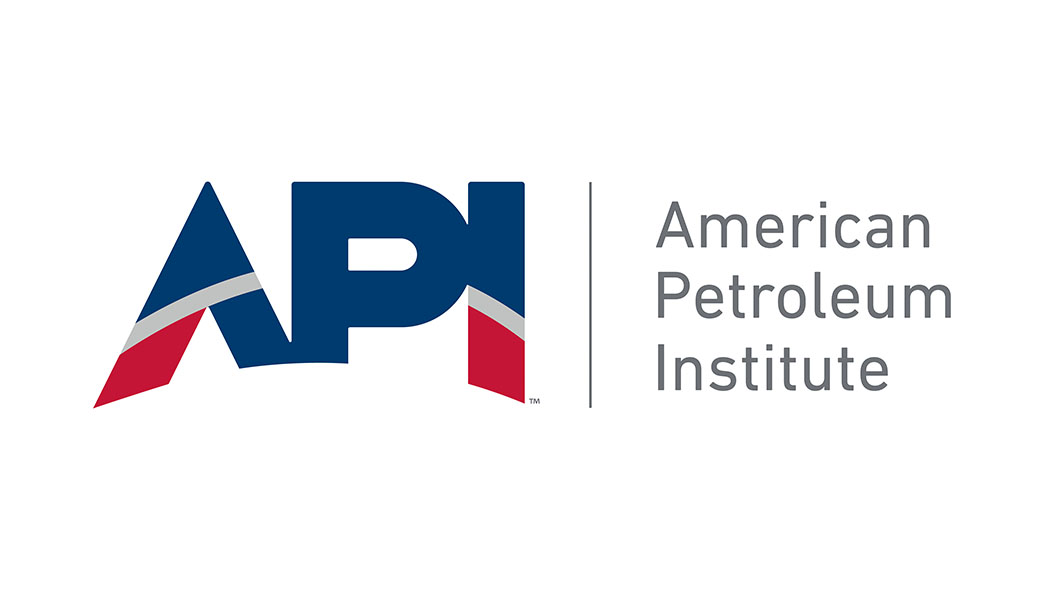By Tashi McQueen
AFRO Staff Writer
tmcqueen@afro.com
And
Megan Sayles
AFRO Staff Writer
msayles@afro.com
It’s been exactly one year since the Francis Scott Key Bridge collapsed, tragically killing six construction workers, shutting down the Port of Baltimore and capturing national attention.
On March 26, 2024, at 1:29 a.m., the Dali cargo ship struck the bridge, causing it to collapse. The lives of Dorlian Ronial Castillo Cabrera; Carlos Daniel Hernandez Estrella; Alejandro Hernandez Fuentes; Miguel Angel Luna Gonzalez; José Mynor López and Maynor Yasir Suazo-Sandoval were all lost in the incident.
“What happened on March 26, 2024, is and will always be a tragedy beyond words,” said Maryland Gov. Wes Moore (D) during the commemoration against the backdrop of the collapse site. “We don’t just look back on March 26 and remember the horror–we also remember the heroism. In the face of one of the worst tragedies in our state’s history, Marylanders did what we always do. Marylanders [stood up].”

During a March 26, 2025 press conference, Moore and several other state and local leaders honored those lost, recognized first responders who responded to the incident and acknowledged the resilience of Baltimore and the State of Maryland.
Moore doubled down on his intent to ensure the bridge was rebuilt, saying that the next generation would “look up and once again, see the Francis Scott Key Bridge standing tall.”
“You have my word on that,” he said.
Mayor Brandon M. Scott (D) spoke particularly on the resilience of Baltimore during this tragedy.
“What I saw in the minutes, hours, days and weeks following the Key Bridge collapse was an entire country in understanding and in action,” said Mayor Brandon M. Scott (D). “We have all proved together that Baltimore is safe to bet on.”
Though there was much unity, Scott in particular faced unwarranted scrutiny in the aftermath of the Key Bridge. As Scott appeared on national platforms updating the world on how Baltimore and the state is moving through this crisis he was labeled as a “diversity, equity and inclusion mayor.”
Through social media conservatives insinuated that diversity, equity and inclusion initiatives were a factor in the collapse.
Scott challenged this narrative, re-directing the focus to the work he was doing to provide the victims’ families closure and re-claiming the title as a “duly-elected incumbent mayor,” as he was also campaigning for re-election at the time.
Despite these unexpected challenges, Moore and Scott stood together as “Maryland tough and Baltimore strong.” Leading a team that cleared the waterways to the Port of Baltimore in 11 weeks instead of the 11 months some thought it would take to complete.
U.S. Rep. Kweisi Mfume (D-Md.-07) acknowledged the truckers and the longshoremen they worked with to get the Port of Baltimore running again in 2024.
According to the governor’s office, the Port of Baltimore employs 8,000 workers. The port’s economic impact represents over $70 billion a year or 13 percent of Maryland’s gross domestic product.
“Having grown up here as a child, I remember what it was like when there was nothing in the water,” said Mfume, reminiscing on life in Turner Station, a historically Black community in Dundalk, Md., before the Key Bridge was built.
“I can’t begin to tell you the amount of pride people took in 1971 when there was a decision to build this bridge,” he said. “We, since that time, looked at it as a great arching steel cathedral over these two communities that meant hope, that meant transportation, that meant access.”
“People grew up here every day after that, watching the sun kiss the steel beams because it went up so high, believing that it was their cathedral and would be there forever,” said Mfume.

Leaders also reflected on progress since the collapse and discussed what’s on the horizon regarding the new version of the Key Bridge, which is expected to be fully operational by fall 2028.
“One year later, we reflect on the lives lost, the importance of community, and the power that we possess to create a safer, brighter and even more resilient future for our people,” said Mark Schmidt, Ports America Chesapeake (PAC) president, in a statement on March 26. “The collapse of the Key Bridge revealed critical needs for investments to be made in infrastructure that can withstand modern challenges.”
After the collapse, PAC worked to help approximately 300 longshore employees keep their jobs by making way for top terminal improvements, equipment enhancements, regular maintenance and cross-training programs, ensuring stability once the channel reopened and business continued.
“Our mission is to ensure Baltimore comes out of this time stronger than ever,” said Schmidt. “This is more than just business continuity — it’s about showing up for people, investing in their future, and preserving the legacy of a port that has powered this region for generations.”
Baltimore Development Corporation President Colin Tarbert said the anniversary of the disaster is a reminder of how far Baltimore has come since the collapse. His organization stepped in to support the local business community, which depended on the port and the traffic flow from the bridge.
“Despite the challenges we still face, the progress we’ve made is undeniable,” said Tarbert in a statement. “Moving forward, we must stay focused on attracting business, investing strategically in areas like downtown’s Westside and bringing the same urgency and partnership we saw after the bridge collapse to the other challenges holding our city back.”
Paul Wiedefeld, secretary of the Maryland Department of Transportation (MDOT), confirmed that the demolition of the main bridge structure will occur later this year.
Remembering the lives that were lost
On the morning of March 25, a day before the anniversary, Scott, Moore and other officials, including Baltimore Fire Chief James Wallace and Baltimore Police Commissioner Richard Worley, met with the families of the six construction workers who lost their lives during the disaster.
They then took a boat to visit the site of the bridge collapse.There, they honored the six victims by laying out memorial wreaths. They also said a prayer and observed a moment of silence.
“Today, we reflect and continue to grieve the unthinkable tragedy of the collapse of the Francis Scott Key Bridge,” said Scott in a statement. “A year ago, we lost six Marylanders working tirelessly to improve our communities. We honor their memory, and we continue, to this day, to honor the promise we made to their families and loved ones that we would always be there to wrap our arms around them and to offer the support they needed.”
In 2024, the Baltimore Mayor’s Office of Immigration Affairs (MIMA), sponsored by the Baltimore Civic fund, established the Key Bridge Emergency Response Fund. The city of Baltimore helped to raise $1.14 million in public donations for the fund.
This money has since been deployed to the families of the victims to help them afford rent, food, utilities, childcare, remittances and funeral costs. To date, half of the funds have been delivered, and the rest will be disbursed by the end of December this year.
MIMA also assembled a 15-member team to provide the families with personalized case management services. The agency remains in contact with the families as they continue to rebuild their lives.
“One year after the tragic collapse of the Key Bridge, we remember and honor Dorlian, Miguel, Jose, Alejandro, Maynor, and Carlos—fathers, husbands, sons, brothers and dedicated workers. They lost their lives doing the essential work that keeps our community safe, and we must continue to honor their legacy,” said Catalina Rodriguez Lima, director of MIMA, in a statement. “As we commemorate this tragedy, we extend our deepest gratitude to the organizations that provided unwavering support to the victims’ families and survivors in partnership with the Mayor’s Office of Immigrant Affairs.”
The post Maryland residents and leaders commemorate anniversary of Francis Scott Key Bridge collapse appeared first on AFRO American Newspapers.










